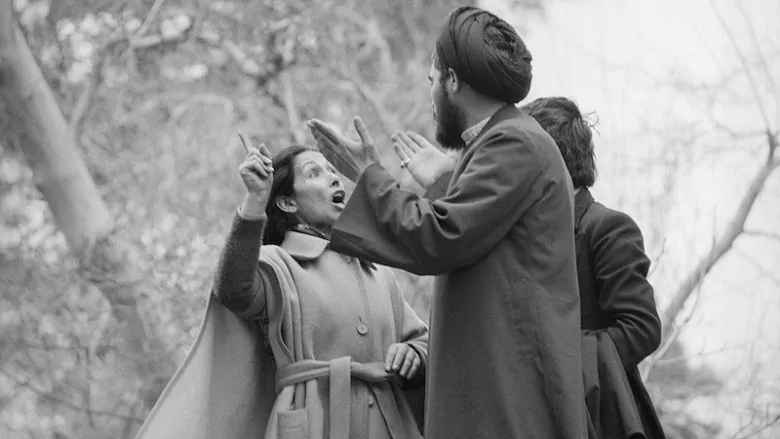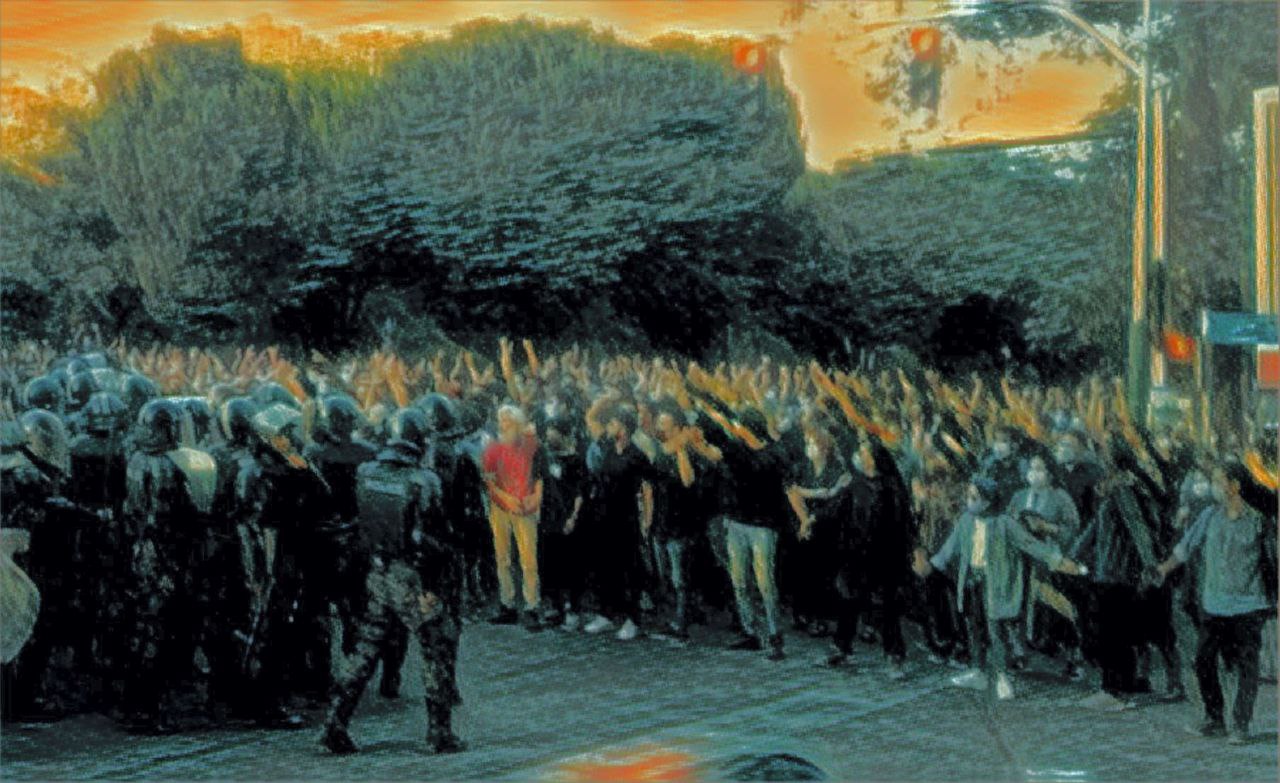Iranian Revolution
-

The Emergence of Islamic Reaction:
A Look at Iran’s Pre-Revolutionary Years•
This text discusses the impact of the 1979 revolution in Iran on the country’s political, intellectual, and cultural space, as well as the transformation of the left in Iran. The revolution was a widespread and spontaneous movement driven by the demands and rights of the people, and was not the…
-

A New Dawn: Iran’s Struggle for Freedom and Equality
•
The state murder of a 22-year-old women named Mahsa for inappropriate wearing hijab sparked the a big uprising that now we must call it revolution. A women whose her second name was Zhina, which in kurdish means life. The murder of a “life” has sparked the beginning of a great…



